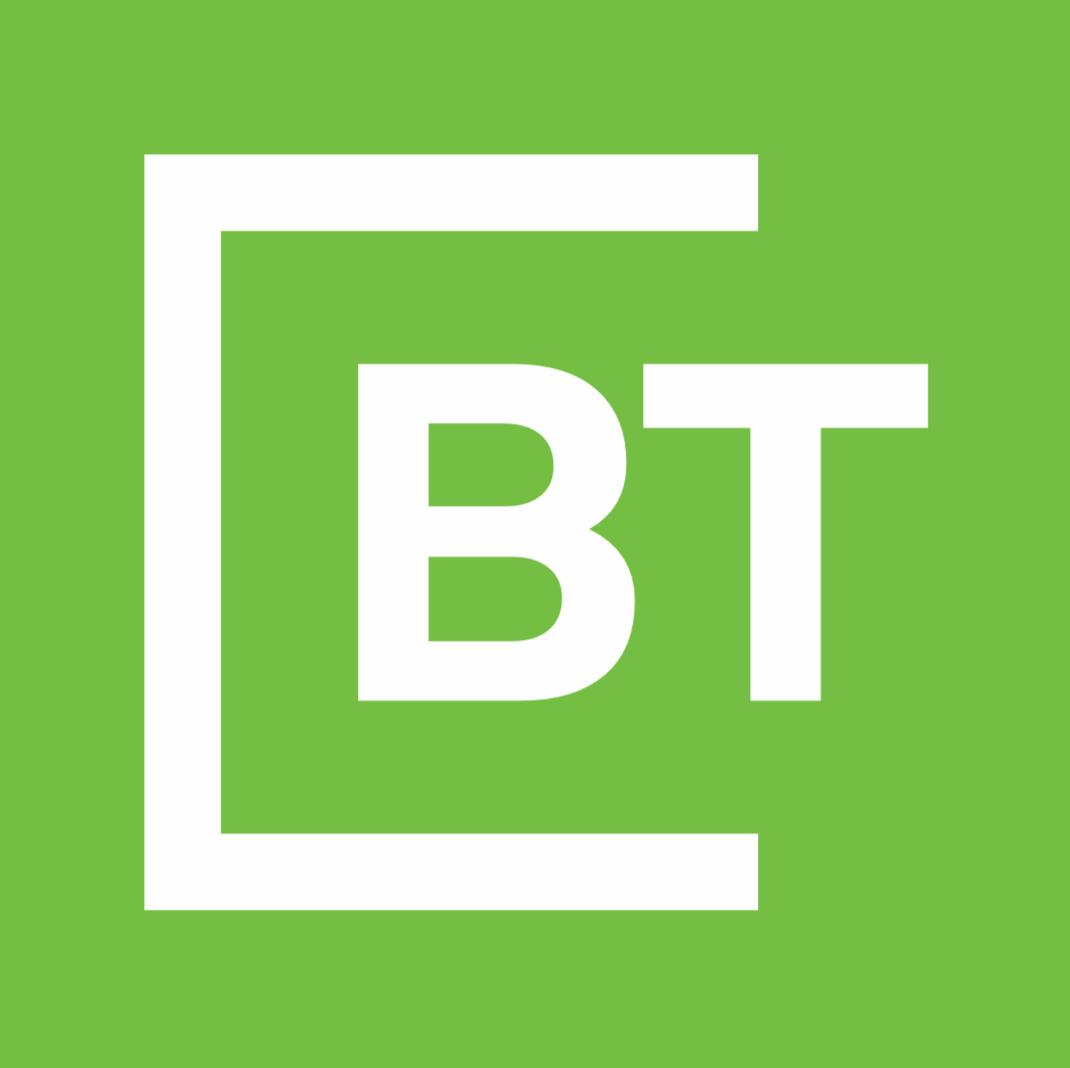Socrates statue at the academy of athens, copy space
From time to time, it’s a good idea to look at the top use cases of AI as it’s being used right now in our societies. There’s so much coming along down the pike that that people are excited about, but the applications that are working right now represent the fruits of what we’ve been able to do up to this point.
I’m going to go back to a new X post by Ethan Mollick of MIT fame, who has given us a lot of good framing for the ways that AI impacts us. A few weeks ago, I wrote about some of his essays and His contributions to the field.
I was reading his X post from January 15 that got nearly 4,000,000 views and 360 responses.
In it, he was documenting a new randomized trial of Nigerian students using a GPT model:
“Six weeks of after-school AI tutoring = two years of typical learning gains, outperforming 80% of other educational interventions,” Mollick writes. This tracks with what a lot of other experts are saying about AI – that it is uniquely positioned to provide good student support.
Targeted Assessments
Mollick also mentions specific categories of students well served by the AI tutor:
“(The AI) helped all students, especially girls who were initially behind,” he writes.
You can see a couple of charts showcasing test scores and days of attendance.
The Goal to Teach
Here’s another resource from MIT from last year, where the writer showcases the work of Patrick Suppes, a National Medal of Science winner, talking about this type of technology in the 1960s.
Edtech, he said, would lead to students having “the personal services of a tutor as well informed and responsive as Aristotle.”
“Now … we have entered the age of generative AI and large language models, such as ChatGPT,” the author writes. “Is technology finally ready to deliver on the promise of computer-powered tutoring as a scalable technological solution?”
Mollick’s data suggests that it is…
Elements of Student Support
When it comes to tutoring, obviously there are some major elements of how the technology works to the students’ benefit. There’s the time spent reviewing the material, and the access to learning methods. But there’s also something that the MIT article talks about as “cognitive scaffolding that unlocks the student’s own thinking.”
In other words, it’s the interplay of the student and the technology that produces results.
It’s like the old saying, “two heads are better than one” or someone saying “I need someone to bounce ideas off of.”
The article continues:
”In terms of social connection, it is true that tools like ChatGPT can adopt particular tones and strategies that build up rapport, and they can respond in ways that are sensitive to frustration and other negative emotions, offering encouragement and normalizing struggles.”
In other words, telling a student that their feelings are normal empowers him or her to push through and do more to overcome obstacles.
Education and the Socratic Method
One of my colleagues, Dr. John Sviokla, has often talked about AI as a tutor and why it is so impressive.
You may have heard of the Socratic method, which indicates that the student should be doing 70% of the work, of the expression and communication, and the teacher should be doing 30%. We often see this flipped around in American classrooms. But AI is changing things in a big way. Just ask a teacher or administrator, or review the kinds of results that Mollick has shown us as we launch into 2025.











